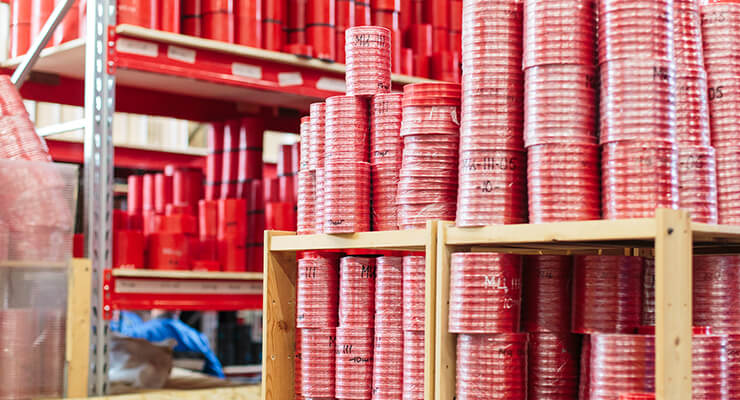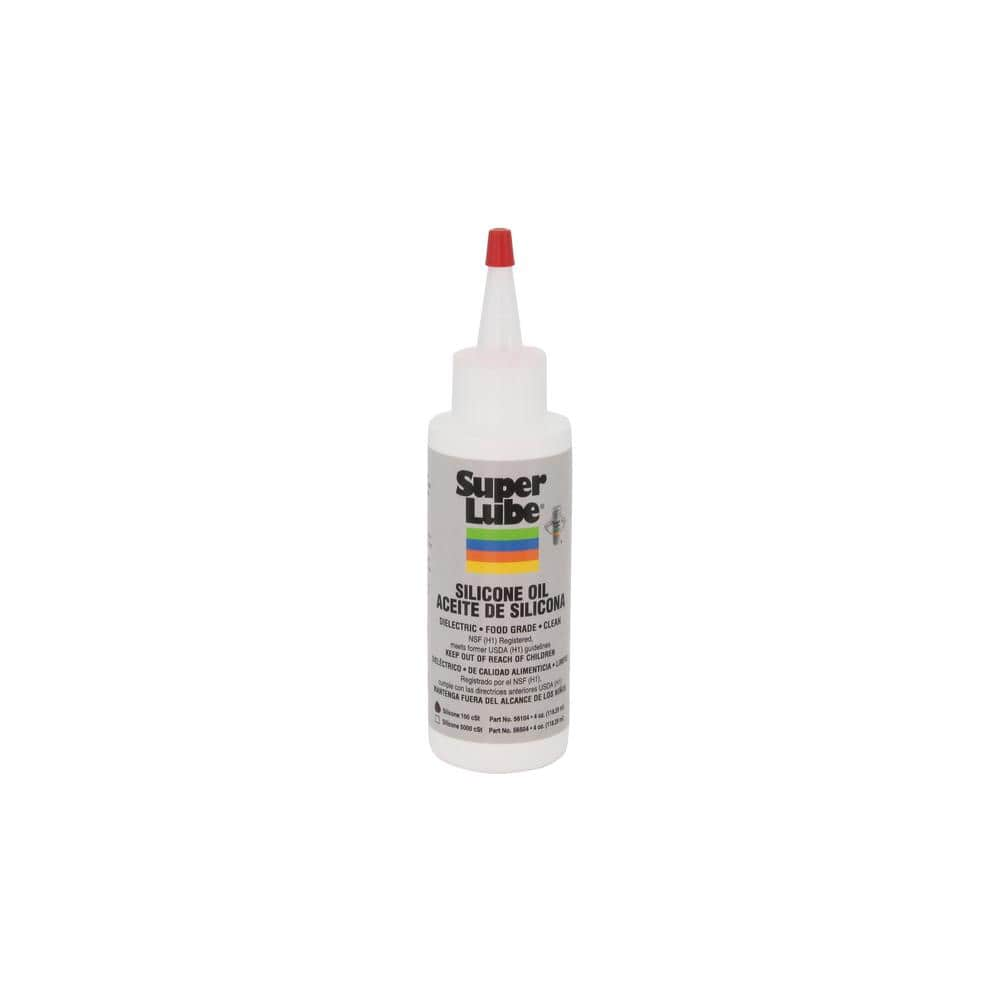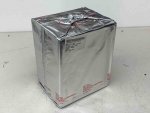The problem with dessicant packs runs contrary to item #2, a little humidity is a good thing. As to oxygen, it's dependent on the material.
I thought that that guide, post above was pretty complete, this is a summary from another source:
It is important for the user to know the expected shelf-life of rubber (elastomer) products in storage can be adversely affected in various ways. Learn how!

hallite.com
The following recommendations indicate the most suitable conditions for storing elastomeric items, whether as a single item or composite product.
1. Temperature
Storage temperatures should not exceed 50°C. Low temperatures are not permanently harmful provided the rubber items are handled carefully and not distorted. When taken from low temperatures items should be raised to approximately 30°C before they are used.
2. Humidity
Optimum humidity is about 65% in a draft-free atmosphere.
3. Light
Protection from direct sunlight and strong artificial light with a high ultraviolet content is important. Unless packed in opaque containers, it is advisable to cover windows with red or orange screens or coatings.
4. Oxygen and ozone
Elastomeric items should be protected from circulating air wherever possible. As ozone is particularly harmful to rubber, storage rooms should be free from equipment that may give rise to electric sparks or discharge. Wrapping, storage in airtight containers or other suitable means should be used for vulcanised rubber items.
5. Deformation
Where possible, rubber items should be stored in a relaxed position, free from tension or compression. Laying the item flat and avoiding suspension or crushing keeps it free from strain and minimises deformation.
6. Contact with liquid and semi-solid material
Contact with liquids and semi-solid materials, particularly solvents, such as oils or greases should be avoided unless so packed by the manufacturer.
7. Contact with metals
Metals such as manganese, iron and copper, or copper alloys can have a harmful effect on rubber. A layer of paper, polyethylene or cellophane will keep these separated.
8. Contact with non-metals
Contact with other rubbers or creosotes should be avoided.
9. Stock rotation
Elastomers should be stored for as short a period as possible, and strict stock rotation should be practised.
10. Cleaning
Organic solvents such as trichloroethylene, carbon tetrachloride and petroleum are the most harmful agents. Soap and water and methylated spirits are the least harmful, and all parts should be dried at room temperature before use.
11. Shelf life
The table shows the storage life of seal components made from the more common materials under ideal conditions. Storing under less than ideal conditions will reduce the life.
Base polymer
ISO design | Primary storage period | Extension of storage period after re-inspection |
|---|
Fluorocarbon (FKM)
Ethylene propylene (EPDM) | 10 | 5 |
Nitrile (NBR)
TPU-EU | 7 | 3 |
| TPU-AU | 5 | 2 |
Engineering thermoplastics:
Acetal (POM) / Polyamide (PA)
Glass-filled nylon (PA) / PTFE
Polyphenylene sulphide (PPS) | Unlimited | – |
Engineering thermosets:
T560 bearing strip | Unlimited | – |
Careful inspection of the following should be made before installation after storage:
a. Mechanical damage
b. Permanent distortion
c. Cracks or surface crazing
d. Tackiness or surface softening/hardening
Thin components (less than 1.6mm {1/16in}) tend to be more critically affected.
The appearance of ‘bloom’ is relatively unimportant, except in certain non-toxic applications.




